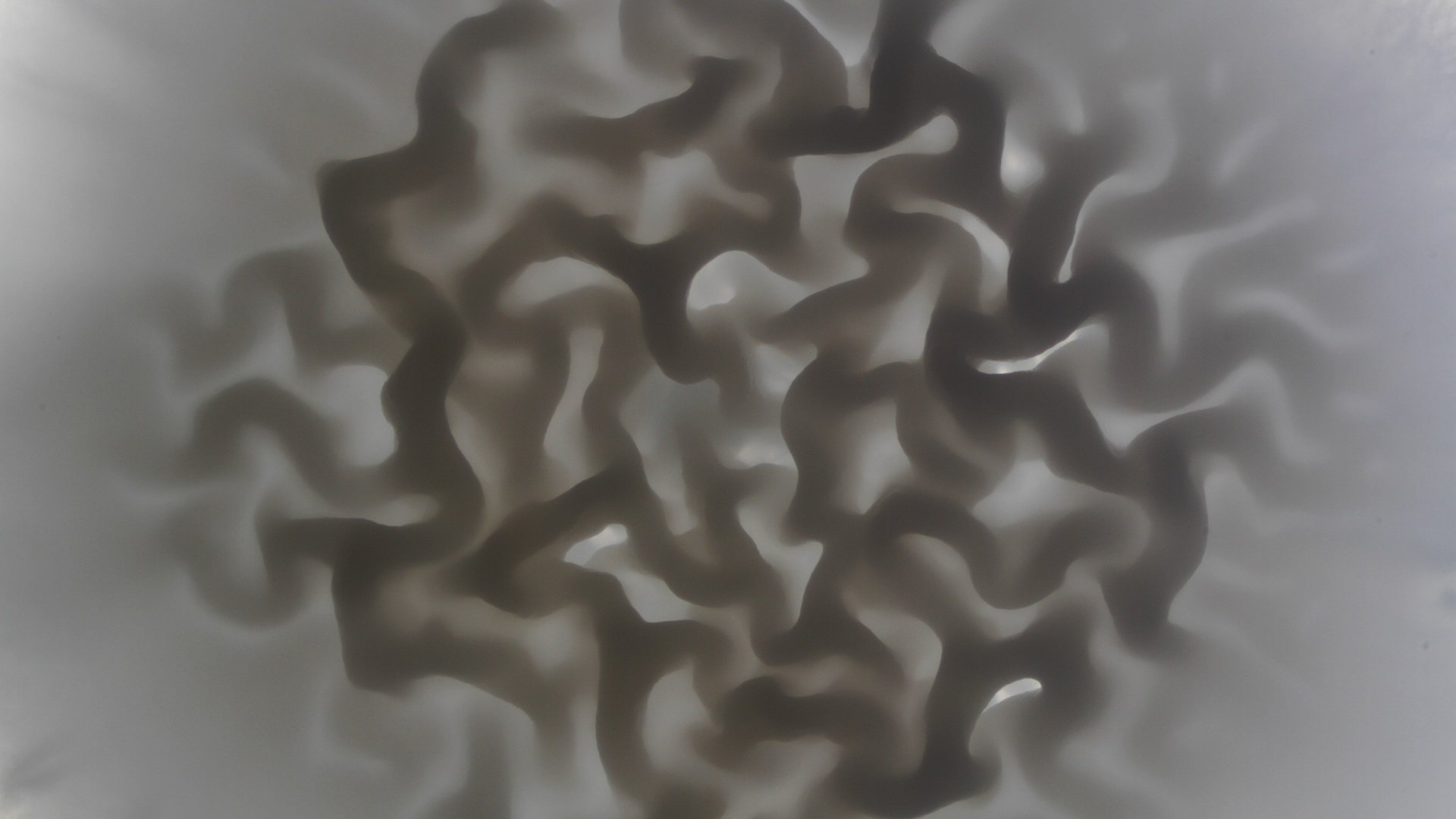Yarrowia lipolytica gets its name from the Dutch researcher David Yarrow who discovered it, and its preference for eating all kinds of lipids (fatty substances). This yeast is widespread in nature: it has been recovered from such diverse places as human finger nails, rancid margarine and kerosene spills in the soil.
Yarrowia lipolytica gets its name from the Dutch researcher David Yarrow who discovered it, and its preference for eating all kinds of lipids (fatty substances). This yeast is widespread in nature: it has been recovered from such diverse places as human finger nails, rancid margarine and kerosene spills in the soil.
Chubby chum
Like many other yeasts, Y. lipolytica cell look oval to elongated through the microscope. These yeasts not only grow well on fatty substances, they can also store them very efficiently. Up to 54% of the weight of the cell can consist of oils and fats.
Stevia – from plant to yeast
Stevia is a sweetener derived from stevia plants. Unlike normal sugars, it contains no calories. Therefore they do not make you fat, and they are not bad for your teeth. The sweetness comes from so-called steviol glycosides. The stevia plant (Stevia rebaudiana) contains more than 70 different types of sweeteners. These substances are up to 300 times sweeter than normal sugar. Unfortunately, stevia also has a bitter aftertaste. Due to the low yield per plant, it is very difficult to meet the growing demand for stevia only with plants. However, with yeasts and fermentation, steviol glycosides can be made on a large scale. The genes from the stevia plant that are responsible for the production of the sweeteners are placed in the yeast Yarrowia lipolytica. By building in the plant production route in the yeast, Y. lipolytica now produces the tastiest stevia without a bitter aftertaste for large-scale use.
Cleaning up oil
Yarrowia is called lipolytica because it is very good at breaking down and storing fats and oils. Another word for fat is lipid, hence the name lipolytica. Because of its predilection for oil and fats, Yarrowia is often found in oil-rich places in nature. This is also the case in places with oil pollution after a shipping disaster or oil leak. Here, this yeast feasts on these substances that are difficult to clean up. Researchers discovered that Yarrowia is able to break down 68% of a volume of diesel in 10 days. Yarrowia is therefore now actively used to clean up oil pollution in nature. We call this process bioremediation. But just like it cleans up major natural disasters, Yarrowia is also very useful in converting all kinds of fat-rich waste such as frying fat and cooking oil. Yarrowia not only eats the waste, but at the same time turns it into all kinds of useful substances such as citric acid and various enzymes that can be used as raw materials. Yarrowia: a very productive cleaner.

